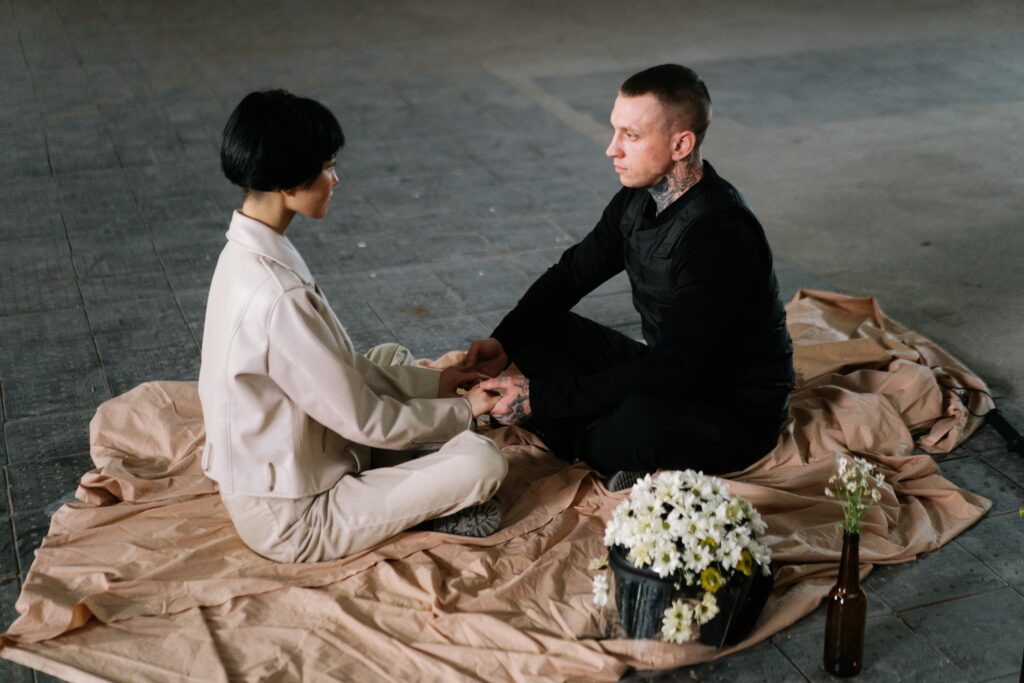To understand how the Global Peace Alliance (GPA) would function in reality, it’s important to move beyond abstract proposals and consider the mechanics of power, governance, and accountability. The GPA isn’t a vague dream of world harmony. It’s a concrete institutional structure proposed to meet the urgent need for rapid, apolitical, and effective global responses to emerging conflicts. While idealistic in its aims, the concept of the GPA is built on practical foundations drawn from the failures and limitations of existing models. Its strength lies in being simultaneously visionary and grounded.
The first thing that would differentiate the GPA from current peacekeeping efforts is its operational independence from national politics. The GPA would not answer to the national governments of its contributors. It would be governed by an independent, globally elected council that represents geographic diversity, professional expertise, and ethical integrity. Think of this as a merit-based global board, free from permanent membership privileges like those held by the United Nations Security Council. Members would be elected by regional coalitions and reviewed periodically based on transparency and effectiveness.
Military and logistical resources would be pooled from willing member states under long-term agreements. These agreements would not function like current troop contributions to UN peacekeeping missions, which are temporary and subject to national interest shifts. Instead, nations would commit fixed contingents of troops, equipment, and strategic support for deployment under the GPA’s unified command structure. These forces would train together, standardize communication systems, and follow a common doctrine focused on civilian protection, de-escalation, and strategic deterrence. The North Atlantic Treaty Organization (NATO) offers a limited but informative precedent. NATO’s Integrated Military Structure allows for shared planning, training, and command. However, NATO still reflects the political will of its dominant members. The GPA would go further by removing national veto power entirely.
Operational deployment would be based on real-time intelligence and threat assessments, not political consensus. The GPA would house a global monitoring and analysis center staffed with specialists in geopolitics, conflict resolution, cyber defense, climate-related risks, and human rights law. When a crisis is detected—be it ethnic violence in a rural province or an escalating border standoff—the GPA could activate early intervention protocols. These might include deploying a rapid assessment team, initiating diplomatic mediation, or mobilizing peacekeepers with a civilian protection mandate. Crucially, action wouldn’t be delayed by procedural debates or vetoes.
Transparency and accountability would be central to maintaining legitimacy. Every GPA operation would be subject to independent review by an oversight panel made up of legal experts, humanitarian organizations, and regional observers. Reports would be published publicly and archived. Unlike current peacekeeping missions, which are often shrouded in bureaucracy and ambiguity, the GPA would prioritize openness. Civilian casualty reports, deployment decisions, and operational costs would be regularly disclosed. Lessons learned from missions in places like Mali and the Democratic Republic of the Congo, where allegations of misconduct eroded trust in peacekeepers, underline the importance of independent monitoring.
Another innovation would be the GPA’s civilian infrastructure unit. Conflict prevention is more than boots on the ground. The GPA would deploy conflict mediators, engineers, and humanitarian coordinators alongside peacekeepers. After conflict suppression or de-escalation, these teams would work to stabilize communities—repair water systems, reestablish schools, facilitate local dialogues. In South Sudan, after a period of intense fighting, peace was undermined by the absence of basic services and governance. The GPA’s design acknowledges that sustainable peace requires development and reconciliation—not just military presence.

Critically, the GPA would be financed through a pooled fund contributed to by member states according to their GDP, population size, and strategic interests. This financing model would prevent a single country or small group from controlling the purse strings. It’s worth noting that the Green Climate Fund under the UN has used a similar model to good effect. Such a system encourages investment from a broader base of countries while maintaining financial stability. Periodic audits by international financial watchdogs would ensure integrity.
Legal authority for intervention would come from a globally ratified charter—a new international treaty. This charter would outline the GPA’s mission, ethical code, limitations, and rights of intervention. Crucially, it would align with existing international law frameworks, including the Geneva Conventions and the Responsibility to Protect (R2P) doctrine. If ratified widely, this charter could serve as a modern update to the UN Charter, reflecting current global needs and norms. Countries would retain the right to opt out of non-military aspects, but participation in core operations would require full legal ratification.
There would, of course, be resistance. Powerful nations may hesitate to commit troops they cannot control. Regional powers might question the GPA’s authority in their backyards. But these concerns are not insurmountable. History shows that norms can shift. When the International Criminal Court (ICC) was formed, there was similar skepticism. Today, despite ongoing challenges, the ICC stands as a testament to international willingness to submit to a higher legal standard. The GPA could follow a similar path—starting with a coalition of willing states and gradually expanding as legitimacy and trust grow.
In practice, the GPA’s success would hinge on leadership, accountability, and global will. But the architecture is there. The vision is clear. And most importantly, the need is real. From Ethiopia to Yemen, from Ukraine to Myanmar, the cost of inaction is too high. The GPA offers a way to respond faster, act fairly, and restore faith in the idea that peace is not just a slogan, but a shared responsibility.

